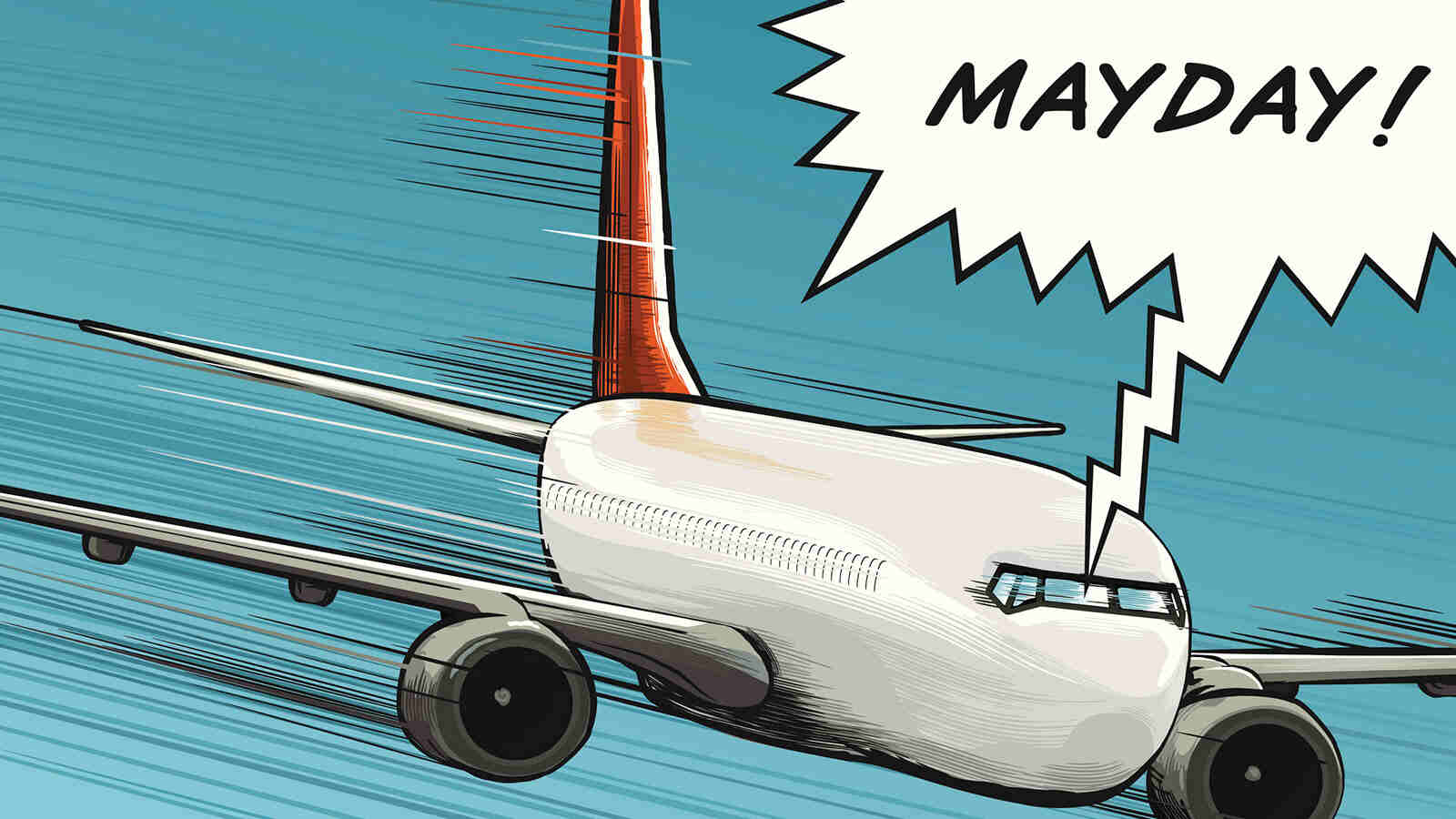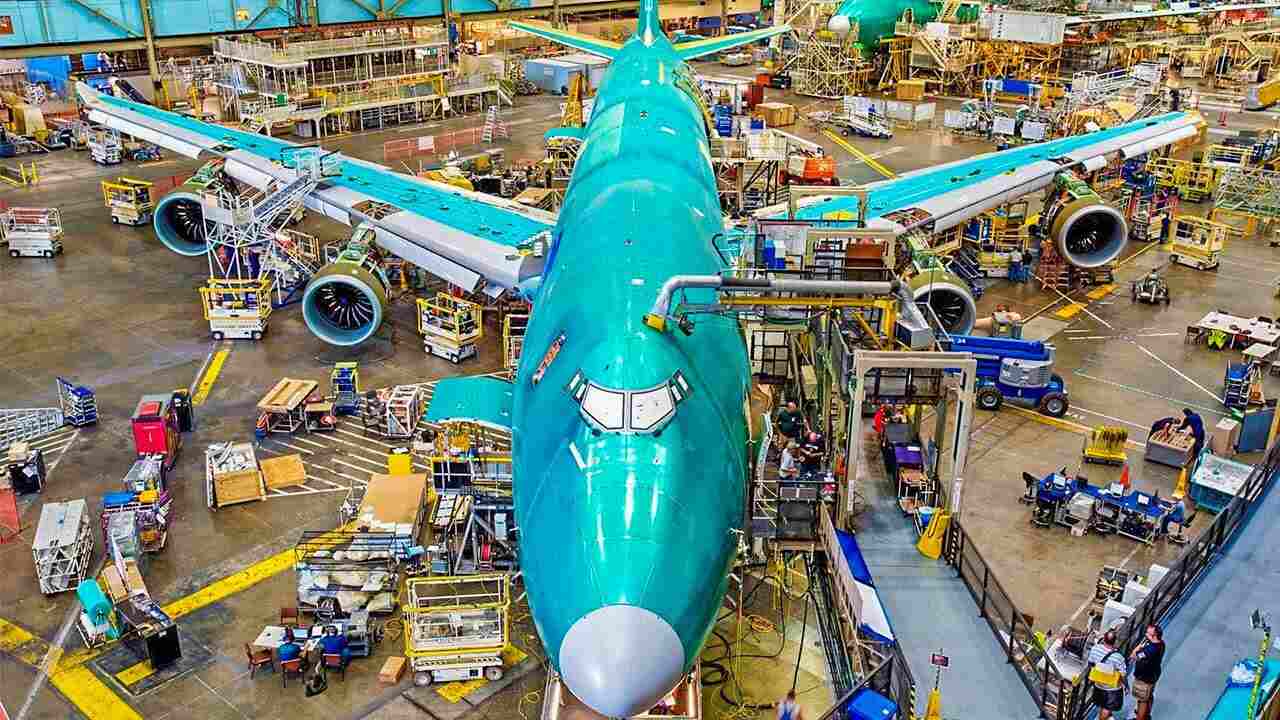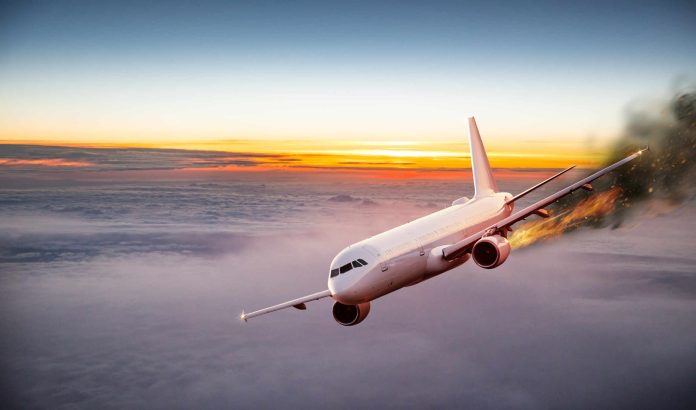✈️ Introduction: The Language of the Skies
In aviation, communication is everything. At 30,000 feet, where the smallest error could lead to disaster, pilots and air traffic controllers rely on a system of standardized phrases and protocols designed to keep everyone safe. One of the most dramatic and critical of these is the phrase:
“Mayday, Mayday, Mayday”
Used only in life-threatening emergencies, this phrase triggers a series of urgent responses from air traffic controllers, emergency services, and even nearby aircraft. But where does it come from, and how does it fit into the larger ecosystem of aviation safety, aircraft production, and pilot operations?
Let’s take a deep dive into the true meaning of Mayday, other emergency terms, the global aviation industry, and how pilots are trained and licensed to fly.
🚨 Part 1: Understanding “Mayday”: The International Distress Signal
📖 Origin of “Mayday”
The term “Mayday” originates from the French phrase “m’aidez”, meaning “help me.” In the early 1920s, a British radio officer named Frederick Stanley Mockford coined the term for use in voice transmissions between British and French airports. It was adopted because it was short, easy to say, and clearly distinct, even in poor radio conditions.
🔁 Why is “Mayday” Repeated Three Times?
Pilots repeat “Mayday” three times to:
-
Ensure clarity even in noisy transmissions.
-
Avoid confusion with similar-sounding words.
-
Signal to all listening stations and aircraft that this is a top-priority emergency.
🛬 Situations That Call for a Mayday Declaration
Pilots are trained to declare “Mayday” only in cases of immediate and grave danger, such as:
-
Total engine failure
-
Cabin fire or smoke
-
Severe turbulence causing injury
-
Loss of all communication systems
-
Sudden decompression
-
Medical emergency requiring immediate landing
-
Loss of flight controls
-
Mid-air collision or bird strike

🟠 “Pan-Pan”: A Step Below Mayday
When the situation is urgent but not immediately life-threatening, pilots use the phrase “Pan-Pan” (from French: “panne” = breakdown). It’s repeated three times as well.
Pan-Pan is used for:
-
Minor engine or system malfunction
-
Loss of one engine (in a multi-engine plane)
-
Non-critical instrument failure
-
Low fuel (but not dangerously low)
-
Medical issues not requiring immediate diversion
Example:
“Pan-Pan, Pan-Pan, Pan-Pan – This is India 229, engine #2 is out, but aircraft is under control. Requesting immediate vectors for nearest airport.”
👨✈️ Part 2: How Pilots Are Trained & Licensed
The road to becoming a commercial airline pilot is long, technical, and highly regulated. Licensing is handled by national aviation authorities such as:
-
FAA (USA)
-
EASA (Europe)
-
CAASL (Sri Lanka)
-
DGCA (India)
-
CAA (UK)
🎓 Main Pilot Licenses:
-
PPL – Private Pilot License
-
Basic license for personal use.
-
Cannot fly for hire.
-
Minimum hours: ~40-60
-
-
CPL – Commercial Pilot License
-
Allows flying for compensation.
-
Requires more advanced training and testing.
-
Minimum hours: ~200
-
-
ATPL – Airline Transport Pilot License
-
Required to become a Captain.
-
Highest license level.
-
Minimum hours: ~1500+
-
-
Type Rating
-
Additional certification to fly specific aircraft models like Boeing 737, Airbus A320, etc.
-
-
IR – Instrument Rating
-
Allows flight in low-visibility using only instruments.
-
-
Multi-Engine Rating
-
Required for aircraft with more than one engine.
-
👨🏫 Flight Training Includes:
-
Aerodynamics
-
Meteorology
-
Aircraft systems
-
Navigation
-
Communication protocols
-
Emergency management
-
Simulator practice
-
Actual flight hours under supervision

🛫 Part 3: The Aircraft Manufacturing Industry
The aviation industry is supported by a few dominant aircraft manufacturers who build the airplanes you see every day.
🏭 Top Aircraft Manufacturers:
-
Boeing (USA)
-
Famous for 737, 747, 777, 787
-
Supplies both commercial and military aircraft
-
-
Airbus (EU)
-
Models include A320, A350, A380
-
Known for advanced fly-by-wire technology
-
-
Embraer (Brazil)
-
Specializes in regional jets (E170, E190)
-
-
Bombardier (Canada)
-
Formerly made regional jets, now focused on business jets
-
-
ATR (France/Italy)
-
Builds turboprop aircraft for short-haul routes
-
-
COMAC (China)
-
New entrant with aircraft like C919
-
👥 Part 4: Major Passenger Airline Companies
The global airline industry is categorized into full-service carriers, low-cost carriers (LCCs), and regional airlines.
🌍 International Airlines:
-
Emirates (UAE)
-
Qatar Airways (Qatar)
-
Singapore Airlines (Singapore)
-
Lufthansa (Germany)
-
British Airways (UK)
-
Air France–KLM (France & Netherlands)
-
Turkish Airlines (Turkey)
🇺🇸 USA-Based Airlines:
-
American Airlines
-
Delta Airlines
-
United Airlines
-
Southwest (LCC)
🇮🇳 Indian Airlines:
-
Air India
-
IndiGo (LCC)
-
Vistara
-
SpiceJet
🇱🇰 Sri Lankan Airlines:
-
SriLankan Airlines – national flag carrier
-
Fits into the Oneworld Alliance
🧑✈️ Part 5: What Happens When Mayday is Declared?
When a pilot declares “Mayday”:
-
ATC gives immediate priority: All other flights may be diverted.
-
Emergency services are alerted: Fire, ambulance, rescue teams.
-
Airport prepares for emergency landing: Runways cleared, fire trucks deployed.
-
Other aircraft may be rerouted to give space and avoid conflict.
-
Recording and investigation follow after the incident, especially if it involves mechanical failure or crew actions.
🛡️ Aviation Safety and Technology
Modern commercial aircraft are built with redundant systems:
-
Two or more engines
-
Multiple navigation and communication tools
-
Weather radar, anti-collision systems (TCAS)
-
Auto-pilot and fly-by-wire systems
-
Fire suppression and oxygen systems
These reduce the chance of total failure, but pilots are still trained to handle the worst.
🔚 Conclusion
The phrase “Mayday” is more than just a dramatic line in a movie—it’s a vital part of aviation communication that saves lives. Pilots undergo years of training, backed by world-class aircraft manufacturers and airline operators, to ensure air travel remains one of the safest forms of transport.
From the cockpit to the control tower, and from training schools to manufacturing plants, every element plays a role in handling emergencies swiftly and professionally.
So next time you fly, remember the incredible coordination, technology, and human skill that keep your journey safe — and know that if the worst ever happens, a pilot’s calm voice on the radio saying “Mayday, Mayday, Mayday” is the first step toward getting everyone back safely on the ground.



































